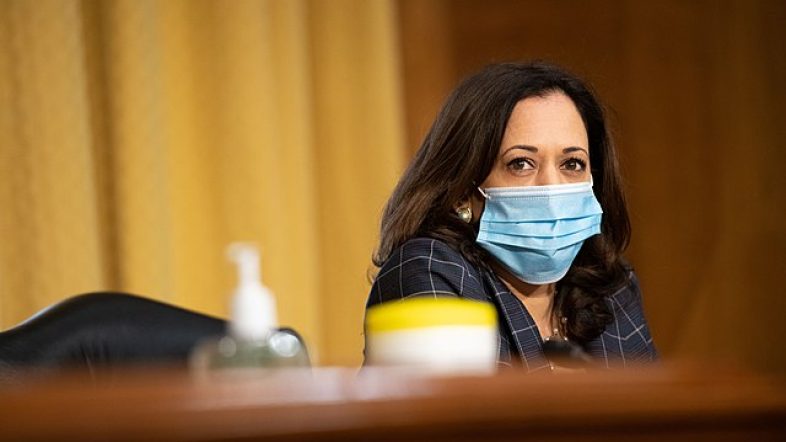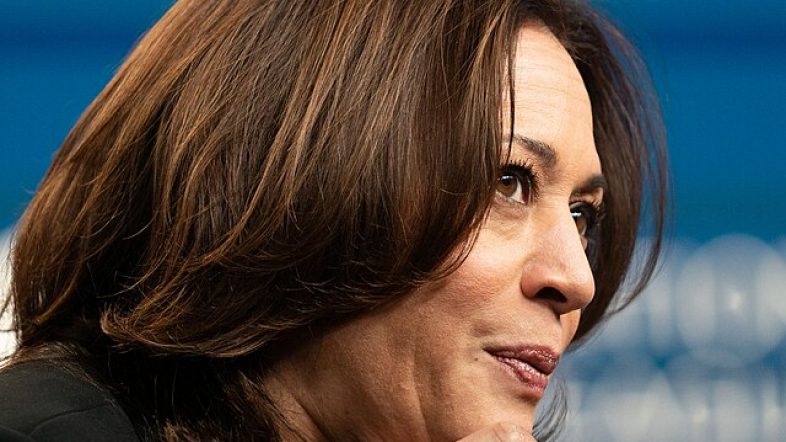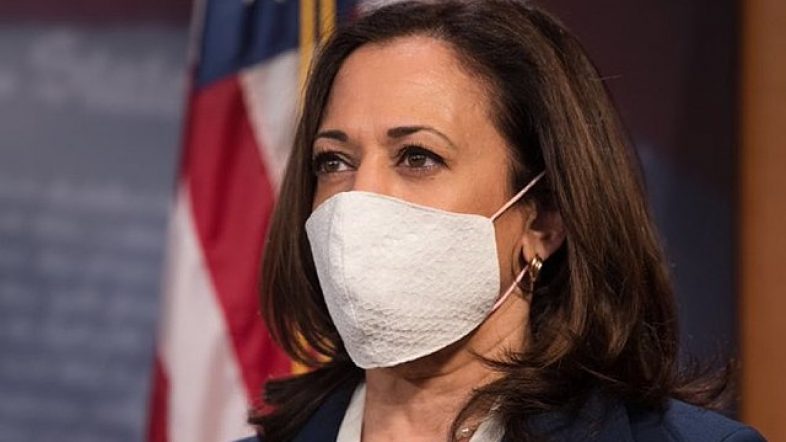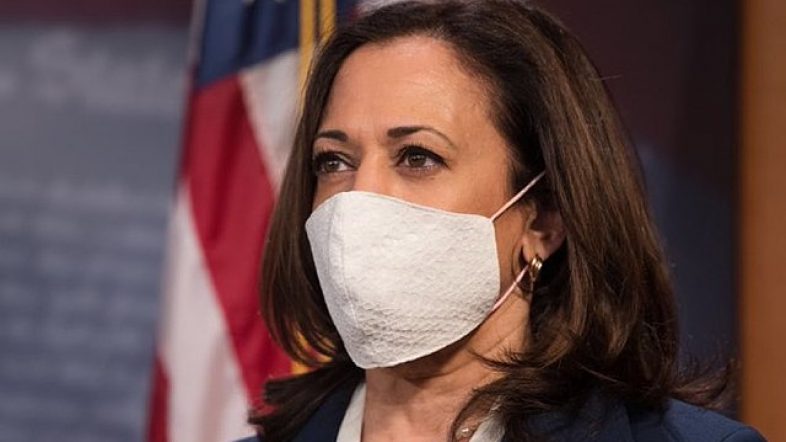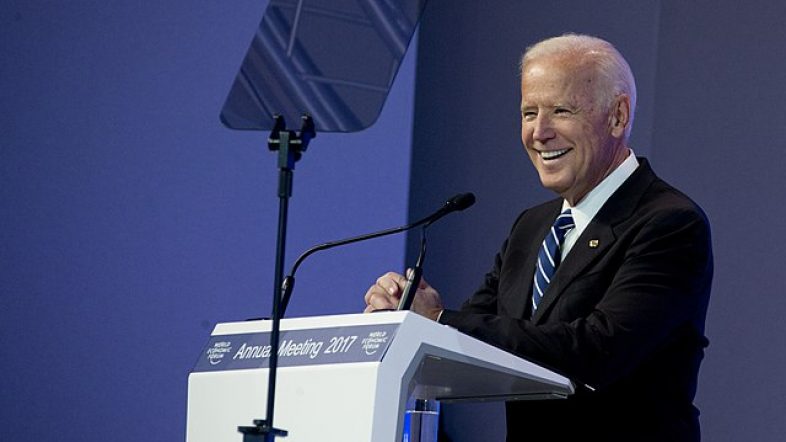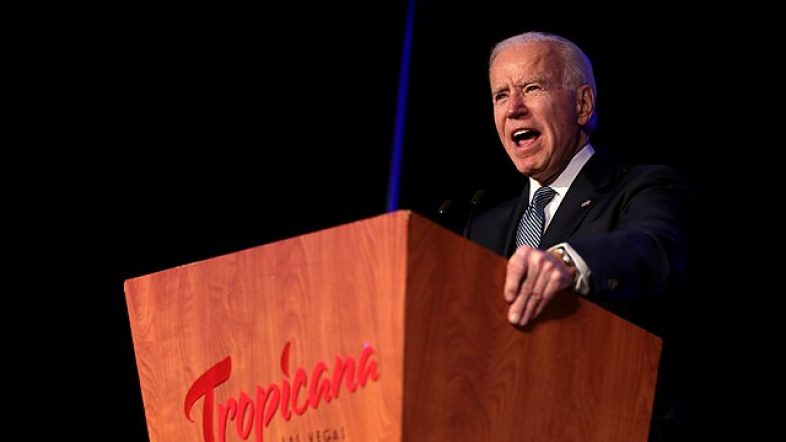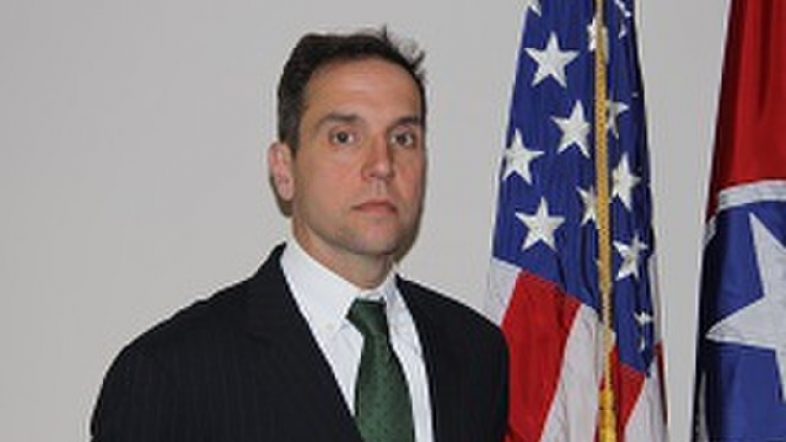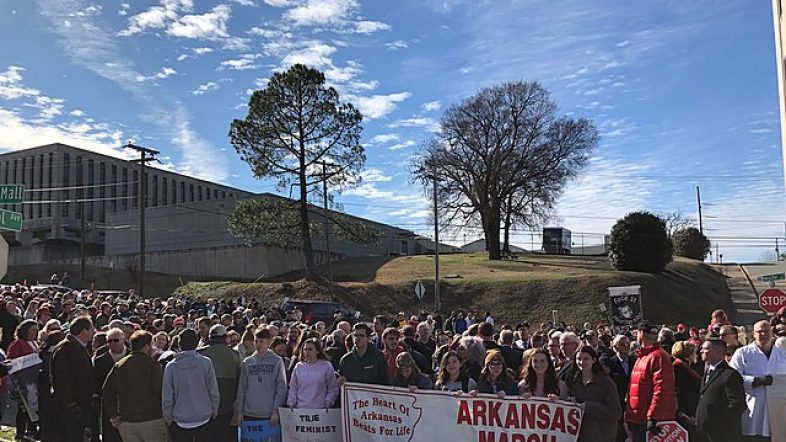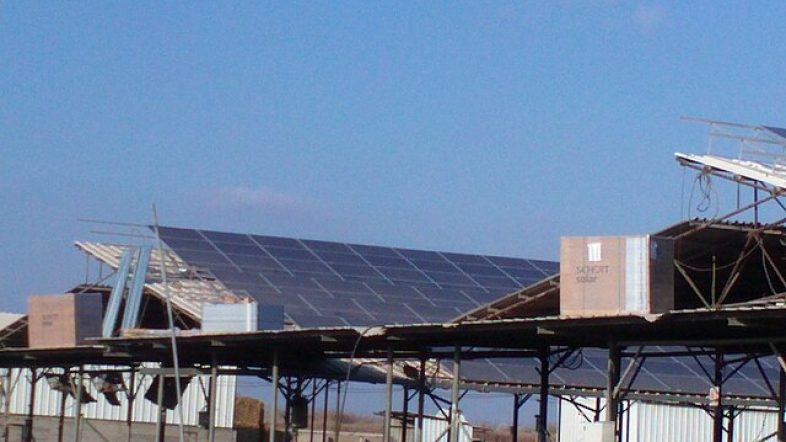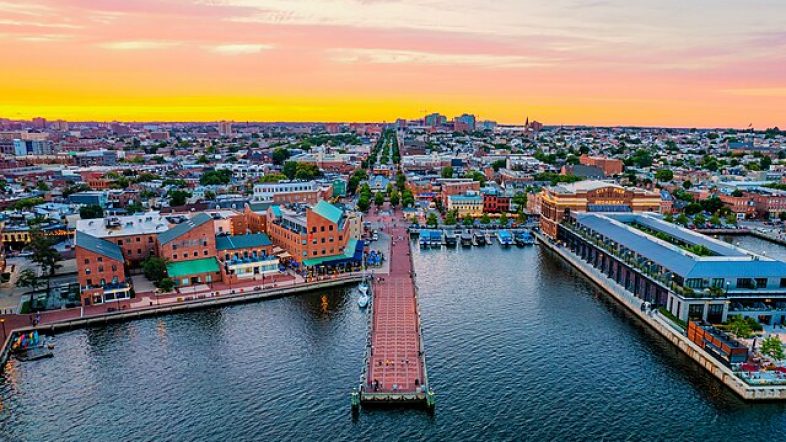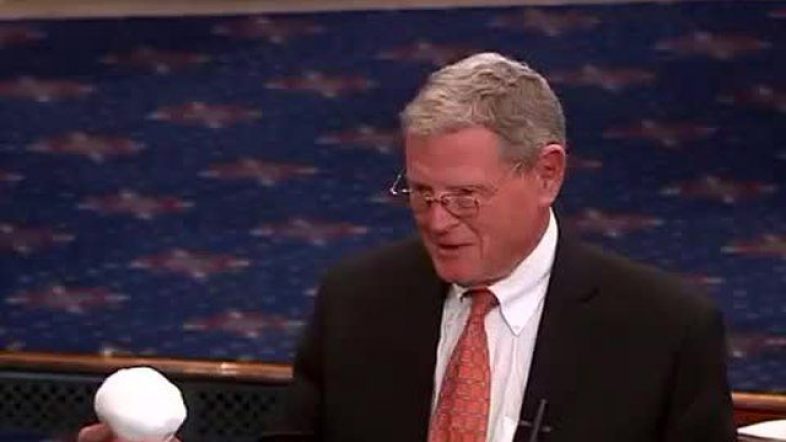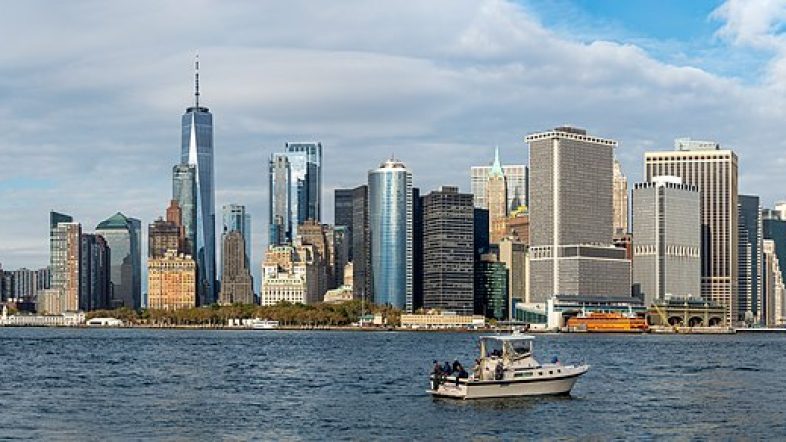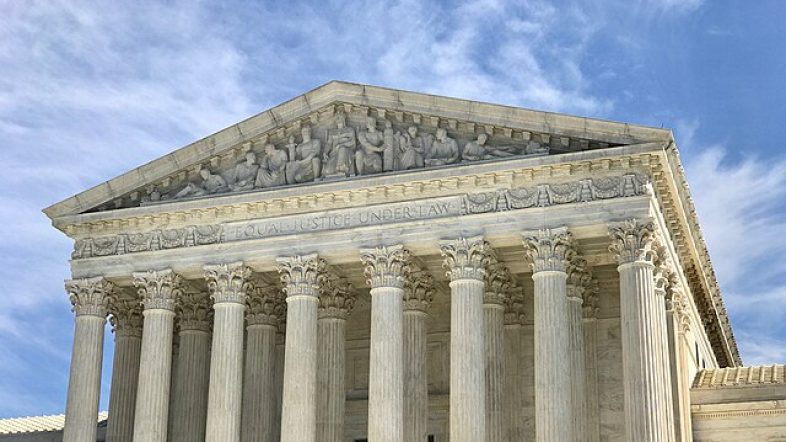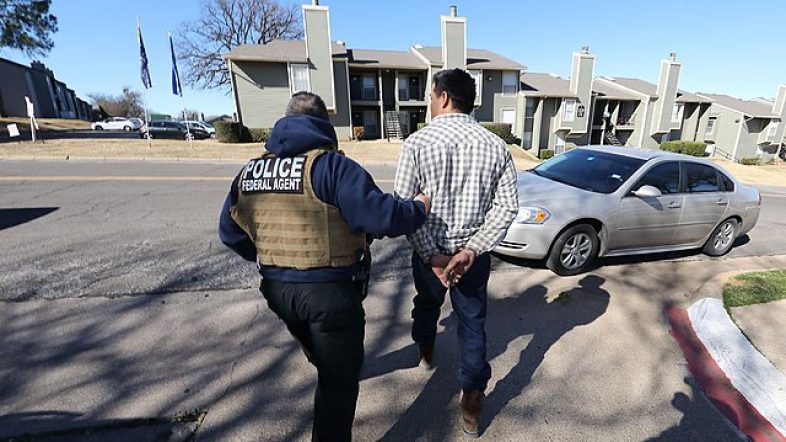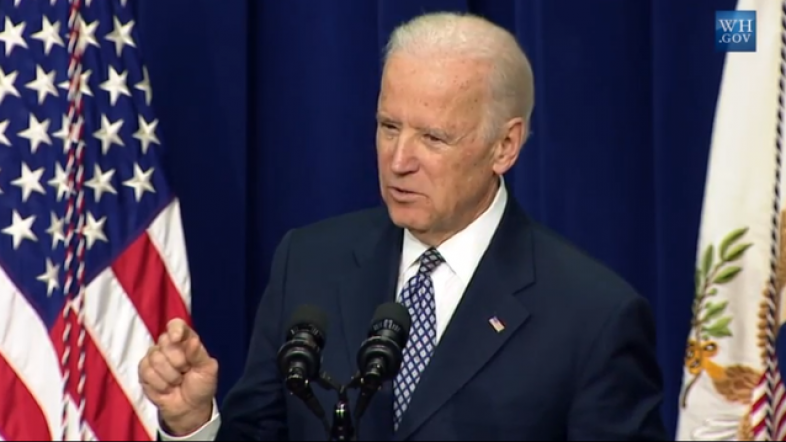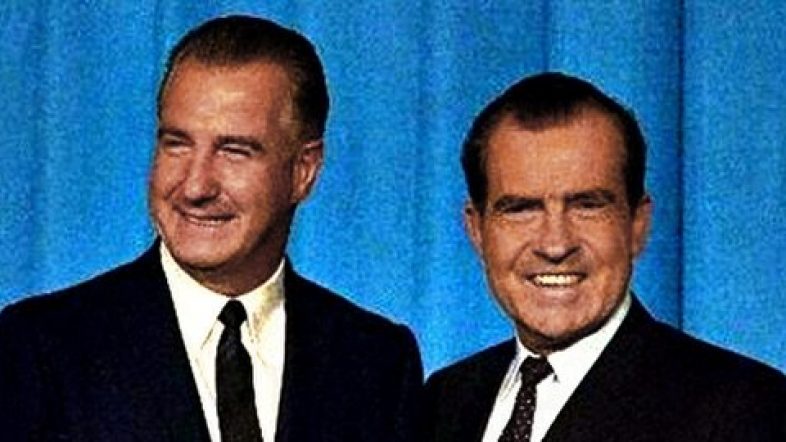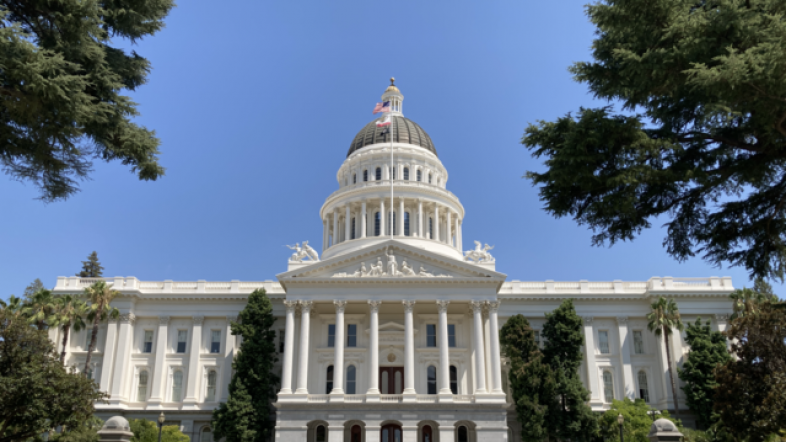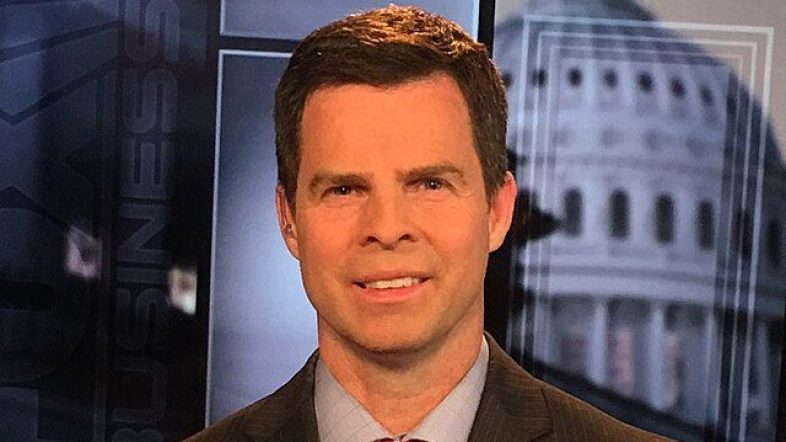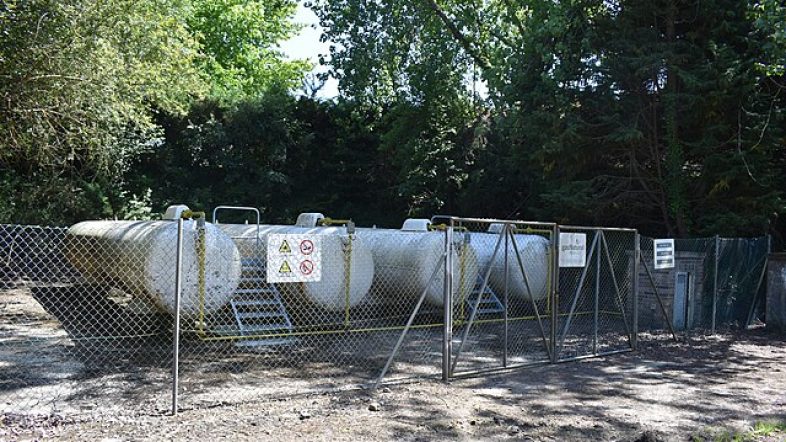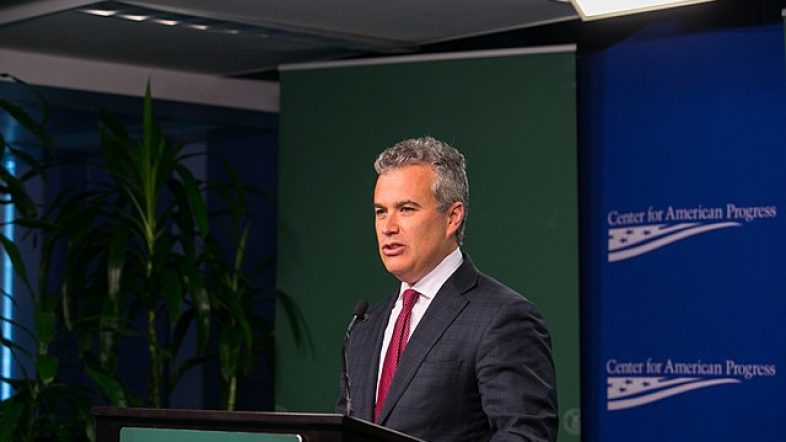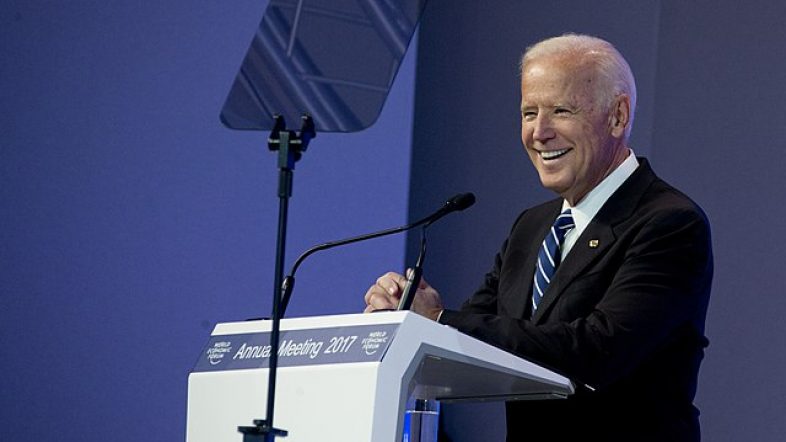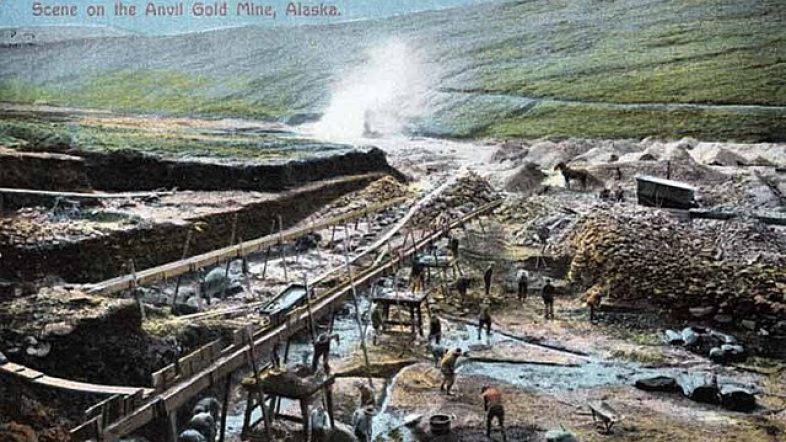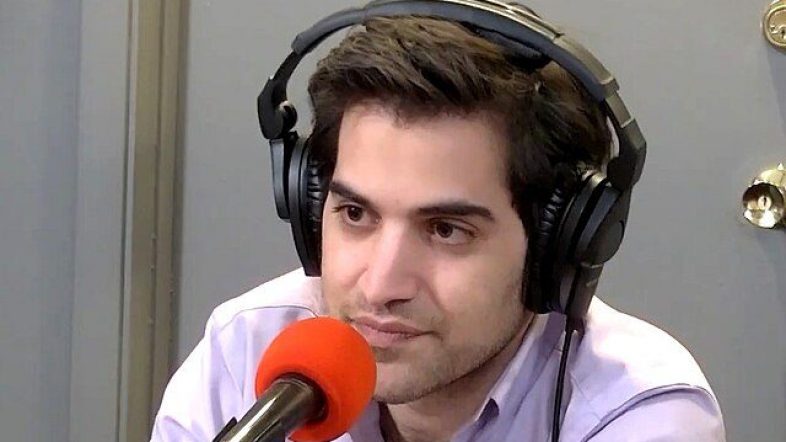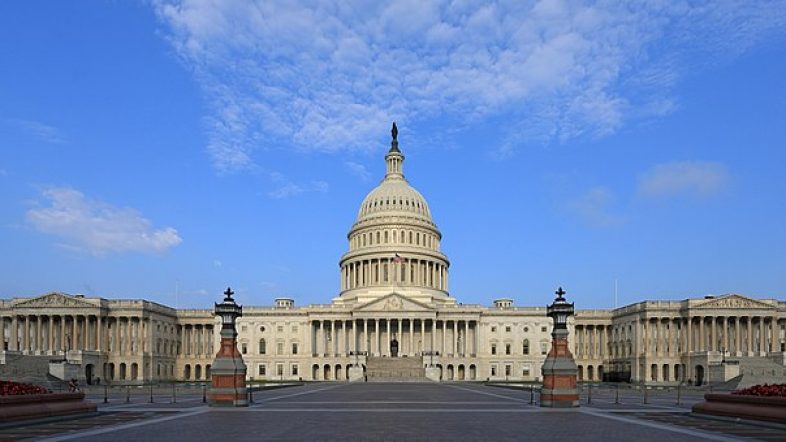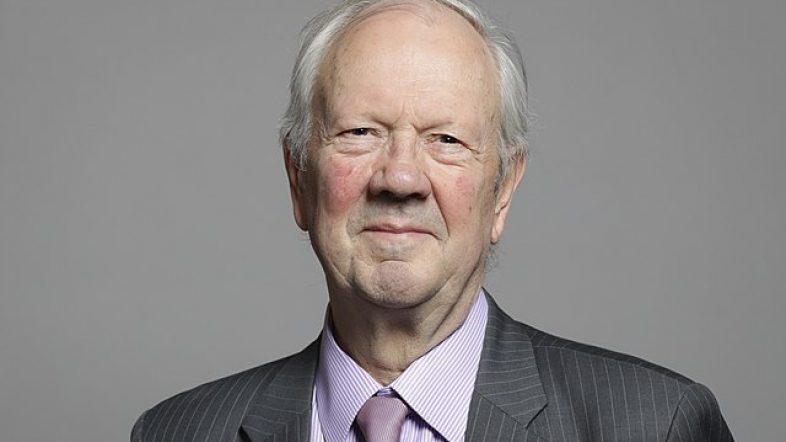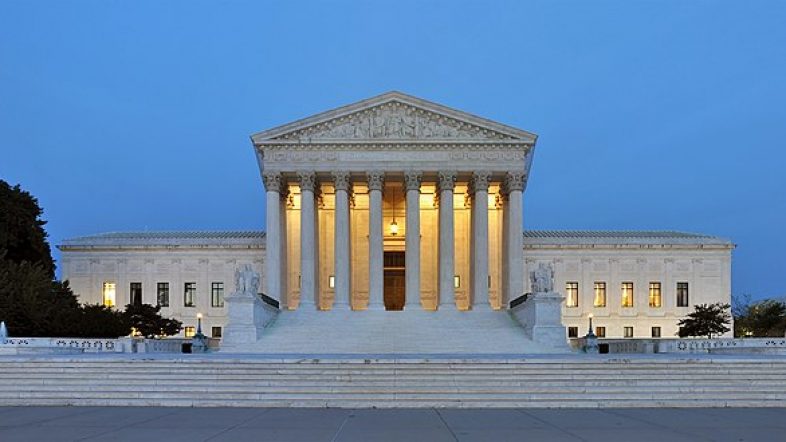As Hurricane Idalia closed in on the west coast of Florida, forecasts promised winds of up to 130 mph and catastrophic damage. However, due to an extraordinary meteorological phenomenon called the ‘eyewall replacement cycle,’ the hurricane weakened just in time, sparing Tallahassee and its surrounding areas from the worst. Although the storm still resulted in significant damage and loss of life, experts say the outcomes could have been far more devastating.
The Meteorological Phenomenon: Eyewall Replacement Cycle
An eyewall replacement cycle is a natural process that occurs in intense cyclones, including hurricanes. The eye of the storm—where calm weather prevails—becomes tighter and more narrowed as the storm gathers strength. According to meteorologist Ryan Maue, former chief scientist with the National Oceanic and Atmospheric Administration, “Like a figure skater pulling in her arms versus holding her arms out, the hurricane spins with a lot more energy, power, and ferocity when it has a tighter eye.”
However, this high velocity can’t be maintained indefinitely. When the storm reaches its peak intensity, a new, broader eyewall forms outside of the existing one. The inner eyewall eventually weakens and dissipates, leaving the new, outer eyewall to take over as the primary force of the storm. This process led to a crucial drop in wind speeds, relegating Hurricane Idalia from a Category 4 to a Category 3 storm, effectively reducing its potency.
A Blessing and a Curse
While the eyewall replacement cycle diminished the immediate impact of Hurricane Idalia, it’s essential to note that the process also expanded the hurricane’s scope. The larger eyewall typically means a broader area will experience heavy winds and rains. It’s a double-edged sword: although the hurricane might become less intense, it can also grow in size, impacting a more extensive range of territory.
Moreover, if a storm has enough time after an eyewall replacement, it can regain its strength and even surpass its previous peak intensity. In this case, the timely landfall prevented such a resurgence, making the eyewall replacement cycle a saving grace for the Tallahassee area.
A Close Shave for Tallahassee
Initial projections had placed Tallahassee directly in the path of Hurricane Idalia’s eye. However, aerial storm monitors indicated that the hurricane made a last-minute shift, making landfall to the north of the city at Keaton Beach. This detour, combined with the reduced intensity from the eyewall replacement cycle, prevented the more densely populated areas from experiencing the full force of the hurricane.



